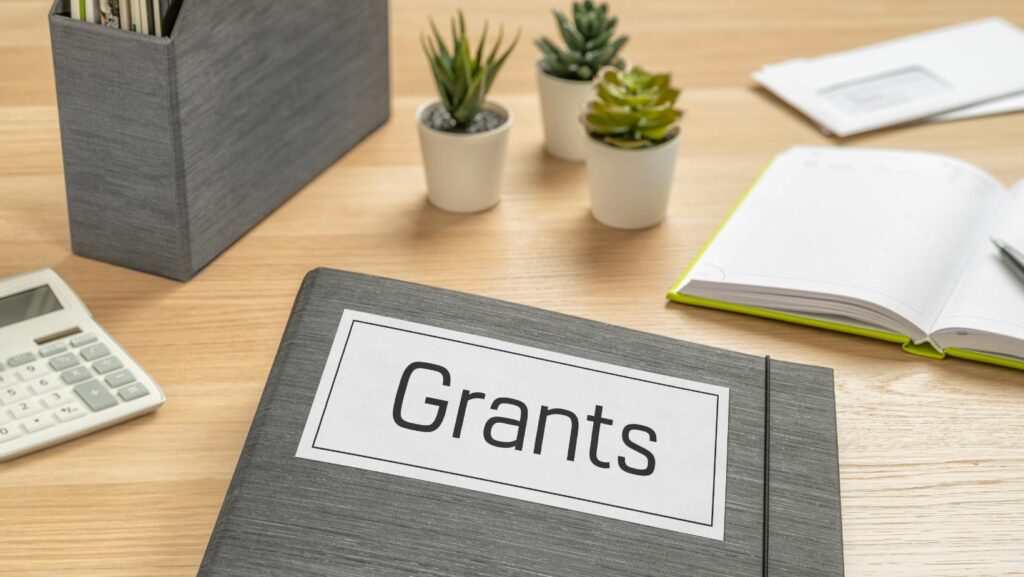Grant writing is an art that blends creativity with precision, a crucial skill for nonprofits, researchers, and educational institutions aiming to secure funding. It’s a competitive arena, where the ability to compellingly articulate a project’s vision and impact can make the difference between securing the necessary funds or falling short. As daunting as it may seem, mastering grant writing is achievable with the right approach and strategies.
Grant Writing tips
Navigating the intricate world of grant writing requires a comprehensive understanding of various elements critical to crafting successful proposals. With an emphasis on strategies that enhance the quality and impact of grant applications, this section delves into practical tips that align with the goals of potential funders. By focusing on knowing your audience and researching funding sources, grant writers can improve their chances of securing funding.
Knowing Your Audience
 Understanding the audience is paramount in grant writing. Tailoring the proposal to reflect the funder’s values, mission, and objectives demonstrates a thoughtful approach that sets apart successful applications. This involves:
Understanding the audience is paramount in grant writing. Tailoring the proposal to reflect the funder’s values, mission, and objectives demonstrates a thoughtful approach that sets apart successful applications. This involves:
-
Analyzing the funder’s mission: Reviewing the funder’s website, previous grant awardees, and mission statement provides insights into their priorities.
-
Aligning with their goals: Proposals should clearly illustrate how the project aligns with the funder’s objectives. This connection is a crucial factor in the decision-making process.
-
Using appropriate language: Adopting a tone and vocabulary that resonates with the funding body ensures the proposal is engaging and accessible.
Researching Funding Sources
A meticulous approach to researching potential funding sources can uncover opportunities that match the project’s objectives and increase the likelihood of grant success. Key strategies include:
-
Utilizing grant databases: Comprehensive databases and search tools offer access to a wide range of funding opportunities, providing details on eligibility, deadlines, and application requirements.
-
Networking: Engaging with peers, attending industry seminars, and joining professional groups can yield valuable insights into potential funding sources and insider tips on successful grant writing.
-
Evaluating fit: Before investing time in writing a grant proposal, it’s critical to assess whether the funding source’s priorities align with the project’s goals and the organization’s values.
Developing Your Proposal
 Developing a grant proposal requires meticulous planning and precise execution. It involves crafting a narrative that not only speaks to the funders’ values but also highlights the project’s potential impact. Key components include a clear problem statement, proposed solutions, objectives, and a detailed budget. Accurately presenting these elements elevates the proposal, aligning it closely with the funder’s mission. By focusing on clarity, relevance, and specificity, grant writers can create compelling proposals that stand out in the competitive grant funding landscape. Incorporating grant writing tips such as understanding the audience and tailoring the message enhances the proposal’s effectiveness, increasing the likelihood of securing funding.
Developing a grant proposal requires meticulous planning and precise execution. It involves crafting a narrative that not only speaks to the funders’ values but also highlights the project’s potential impact. Key components include a clear problem statement, proposed solutions, objectives, and a detailed budget. Accurately presenting these elements elevates the proposal, aligning it closely with the funder’s mission. By focusing on clarity, relevance, and specificity, grant writers can create compelling proposals that stand out in the competitive grant funding landscape. Incorporating grant writing tips such as understanding the audience and tailoring the message enhances the proposal’s effectiveness, increasing the likelihood of securing funding.
Crafting a Strong Narrative
Crafting a strong narrative in grant writing encompasses the story of the project, detailing why it matters and how it aligns with the funder’s mission. A compelling narrative showcases the urgency of the problem, the uniqueness of the proposed solution, and the lasting impact it aims to achieve. By weaving these elements into a cohesive story, grant writers articulate the significance of their project, making it memorable and persuasive to funders. This approach not only engages the reader but also underscores the proposal’s relevance, increasing the likelihood of funding success.
Avoiding Common Pitfalls
Perfecting grant writing techniques increases the likelihood of securing funding, yet, avoiding common missteps is equally crucial. Recognizing these pitfalls helps in refining proposals, ensuring clarity, and aligning with the funder’s expectations.
-
Ignoring Guidelines: Funders provide specific guidelines for a reason. Overlooking format, word count, or required documents jeopardizes a proposal’s acceptance. Compliance demonstrates attention to detail and respect for the funder’s process.
-
Vague Objectives: Proposals must clearly articulate objectives. Ambiguous goals or a lack of measurable outcomes can signal a poorly thought-out project, reducing its appeal to funders.
-
Insufficient Research: Understanding the funding organization’s mission and values enables grant writers to tailor proposals, demonstrating project alignment with the funder’s goals. Lack of thorough research may lead to misalignment.
-
Overlooking Budget Details: A detailed budget not only outlines how funds will be spent but also conveys financial responsibility. Neglecting to itemize expenses or justify costs can raise questions about a project’s feasibility.
